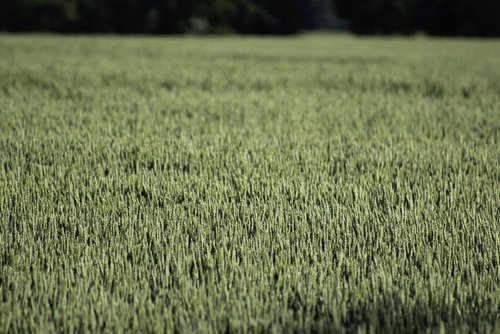Delivery of an Innovative Winter Wheat Agronomic Package to Achieve Sustainable Wheat Production in the Canadian Prairies

Written by: Ian Doig
In 2016, winter wheat yielded substantially higher than spring wheat across all three Prairie provinces. Statistics Canada pegged the numbers at six per cent in Alberta, 26.5 per cent in Saskatchewan and 25.4 per cent in Manitoba. This alone makes a compelling case for increased acreage, but there are many reasons farmers should grow more winter wheat, according to Brian Beres, a senior research scientist at the Agriculture and Agri-Food Canada (AAFC) Lethbridge Research and Development Centre.
It is resilient to climate challenges, performs ecological services and simply makes business sense, said Beres. His research project conducted for the latest five-year wheat cluster sought to improve winter wheat agronomic management. While field work wrapped in 2022, certain aspects will remain ongoing.
The crop’s competitive lifecycle is certainly central to its high yield potential. Seeded in fall, the young plants capture early spring sunshine and moisture that fuels their growth. As they out-compete weeds and avoid certain insect cycles, this may reduce the need for inputs. Further, winter wheat can be employed like a cover crop that anchors residue in the fall and produces a harvestable crop rather than requiring termination. Early harvest also benefits cashflow. Generating dollars earlier in the year allows for better business management. With field work spread over the year, sowing winter wheat can also reduce capital expenditure on equipment. All this while it provides habitat for waterfowl and upland game birds.
Because it requires fall seeding, farmers are often reluctant to take on the logistical challenge of additional field work. Beres is adamant it’s possible and cited the example of farmers who sow winter wheat in the morning and harvest crops in the afternoon. In fact, Alberta winter wheat farmers have their practices nicely dialled in, said Beres. He has spent much of the past 25 years on management improvement while AAFC Lethbridge breeder Rob Graf, now retired, handled the genetic side. “The way science works, it’s not always sexy, transformational innovations,” said Beres. “Together, we incrementally improved the system to the point where it has become harder and harder for somebody say, ‘Well, the practices and the genetics just aren’t there.’”
His work now focuses on the wheat phase of crop rotation. Because canola maturity has become progressively later, his team has developed ways to better sequence it with winter wheat. And there is work yet to be done on yield with an increased focus on yield stability. “It’s great for us to demonstrate improved yield, but can you bring that yield up and maintain it from field to field, year to year, province to province?” Ongoing research will also examine new and emerging crops for their potential compatibility with winter wheat. An additional component of the project is a long-term rotational study to measure potential advantages in the substitution of winter wheat for wheat classes such as CWRS, CPSW and CNHR.
This farmer-funded and driven line of study continues to generate innovative management practices, said Beres. “This project is going to give farmers further confidence they can adopt winter wheat and be successful at in their area.”